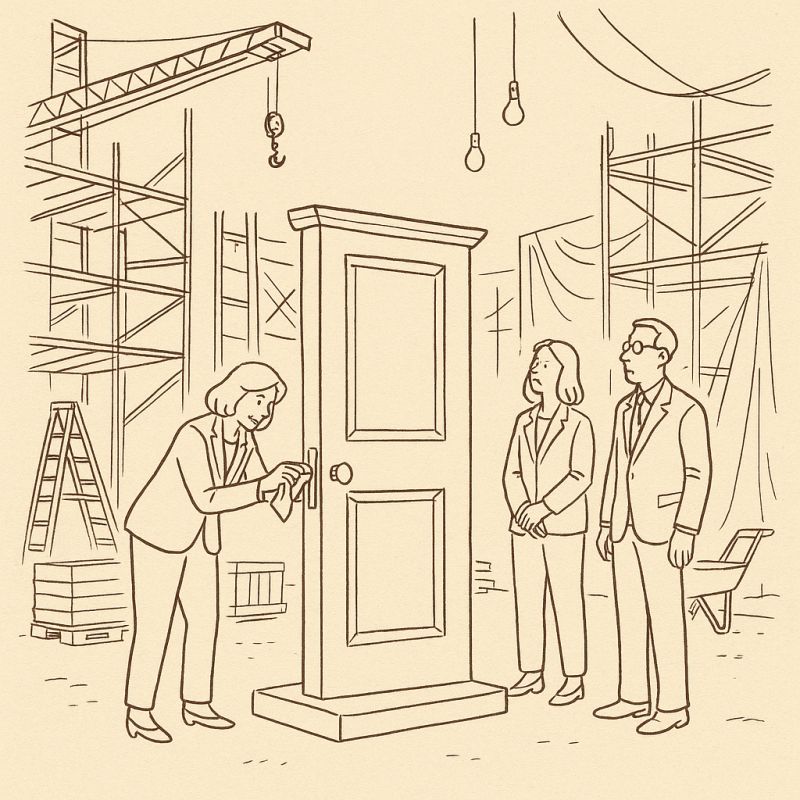Most companies are either worrying they aren't talking enough about AI—or talking way too much about it. Both miss the point.
The error is mistaking the method for the outcome. While executives fret about falling behind in the AI race or scatter effort across unfocused initiatives, the crucial question remains: what transformation must the business make next?
"Implementing AI" can become a stand-in for hard strategic choices. That keeps vendors happy and conferences busy, but it doesn't build the future.
The work is diagnosis.
Every industry faces structural shifts that will reshape how business gets done. Energy companies aren't merely optimizing generation; they're moving from selling a commodity to orchestrating distributed energy ecosystems. Law firms aren't just automating document review; they're shifting from billing hours to proactive risk management. Retail is rewiring physical and digital into a unified, data-driven commerce model.
Instead of asking, "How can AI help us?" ask, "What fundamental change are we avoiding?" Once you name the transformation, the AI brief writes itself. An energy company that recognizes it must become a platform for energy management will find AI essential for forecasting, dispatch, and customer orchestration.
The decisive question isn't what AI can do, but what the organization must become. This reframing also avoids a common trap: value-first thinking that maximizes the near term while postponing the change that creates future value. If law firms are moving from reactive problem-solving to proactive risk management, the AI conversation should focus on building those capabilities—not just deploying contract-analysis tools.
The timeline is paradoxical: transformation is slow—until it's fast. Start building new capabilities before the old ones stop working. Invest in experiments that may look inefficient now but compound learning toward the model you're building.
Keep AI in a supporting role—enabling and accelerating the change you've chosen, not deciding what you become. Transformation first. Artificial intelligence second.
